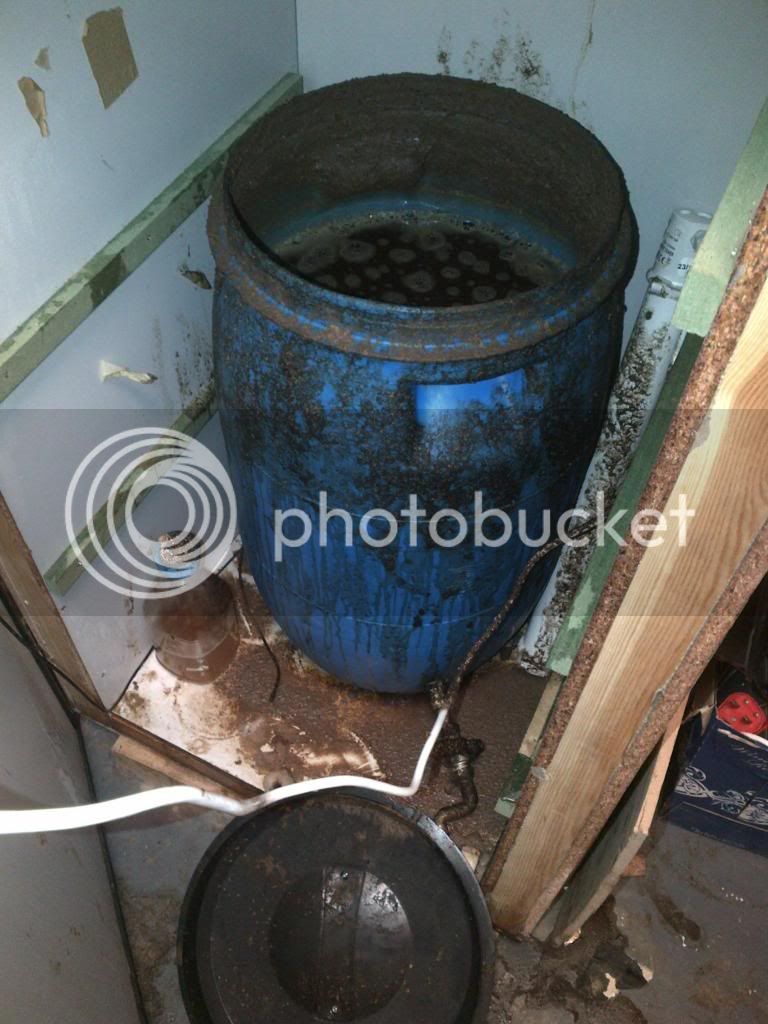DirtyCaner
Landlord.
Hi Folks,
I'm planning on bottling my APA this weekend whils simutaneously knocking up another 23l of Citra Pale ale. I would like to pitch the new wort onto the existing yeast and use it to ferment. This will
1) Save using a new packet of yeast
2) Save me having to wash and sanitise my FV (I'm a lazy bar steward)
However, I hear that reusing Nottingham Ale yeast can be a tad unpredicatable, possibly volatile (GraysAlchemy any comment?)...
Anybody got any advice about the best way to do this, or at least one that isn't gonna redecorate my fermenting cupboard? I did wonder about maybe starting it off a a lower temp...
Cheers,
DirtyC
I'm planning on bottling my APA this weekend whils simutaneously knocking up another 23l of Citra Pale ale. I would like to pitch the new wort onto the existing yeast and use it to ferment. This will
1) Save using a new packet of yeast
2) Save me having to wash and sanitise my FV (I'm a lazy bar steward)
However, I hear that reusing Nottingham Ale yeast can be a tad unpredicatable, possibly volatile (GraysAlchemy any comment?)...
Anybody got any advice about the best way to do this, or at least one that isn't gonna redecorate my fermenting cupboard? I did wonder about maybe starting it off a a lower temp...
Cheers,
DirtyC









































![BREWING THERMOMETER STICKERS ACCURATELY MONITOR FERMENTING BEER & WINE LIQUID TEMPERATURES 5PCS HOME BREW SPIRITS WINE LCD ADHESIVE [US]](https://m.media-amazon.com/images/I/311DDjo2X3L._SL500_.jpg)
